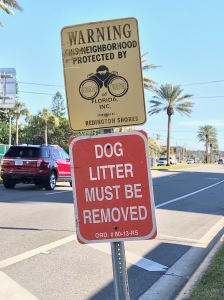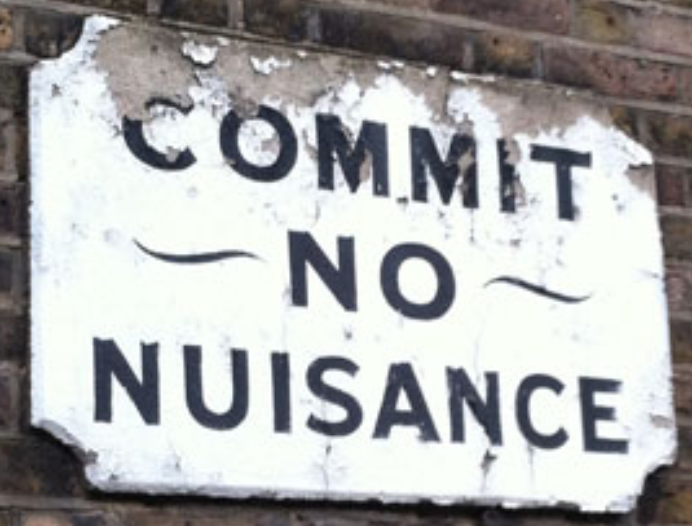How Do I Say No? Let Me Count The Ways!
The sign below is noteworthy for the sheer number of different ways in which it says “no.” Let’s enumerate them, for the record. First is (1) the scary electricity symbol at left, which would make any reasonable person want to stay away. Next is (2) the universal “no people!” symbol at right. Then there’s (3) the very general warning of “DANGER.” Then the sign gets more specific. Not just danger, but (4) danger due to “High Voltage.” If you’re not convinced by risks to your personal safety, maybe you’ll respect property rights? So next, there’s (5) “No Trespassing.” Then there’s (6) reference to being fined, as well as (7) to being prosecuted. Then (in the fine print) there’s reference to (8) the by-laws of the TTC (Toronto Transit Commission) as well as to (9) the Province of Ontario’s relevant legislation, the Trespass to Property Act. That’s 9 ways of saying the same thing. As normative signs go, it’s not exactly poetic, but it is certainly emphatic.

(Photo by Chris MacDonald — taken near Yonge and Eglinton, in Toronto.)










